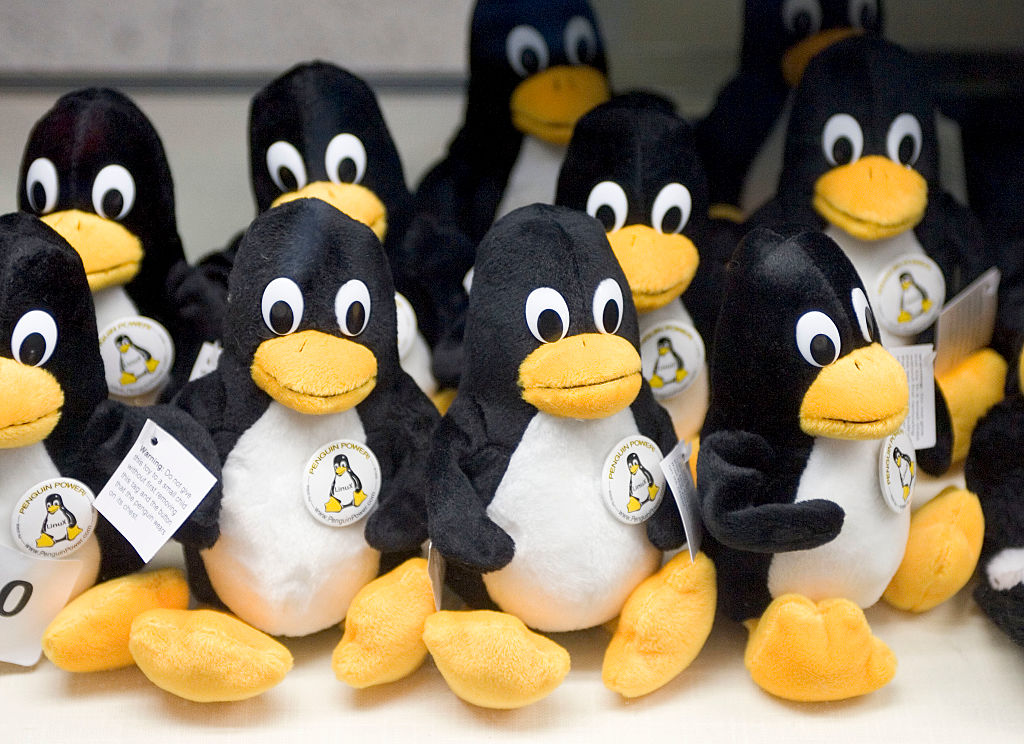CentOS Stand-in Rocky Linux Becomes a Ready-for-Prime-Time PlayerCentOS Stand-in Rocky Linux Becomes a Ready-for-Prime-Time Player
Nearly three months after CentOS replacement AlmaLinux reached its first stable release, Rocky is ready to be a contender.
June 22, 2021

Rocky Linux, one of the new Linux distributions that are designed to be drop-in replacements for the Red Hat Enterprise Linux clone, CentOS, announced Monday that it's ready for prime time with its first stable release. The distribution is starting life as version 8.4, following CentOS' convention of numbering itself after the version of RHEL it replaces.
The Rocky project was announced in December by Gregory Kurtzer, the founder of CentOS, hours after Red Hat (which has owned the CentOS trademark since 2014) issued a statement saying it would cease supporting CentOS 8 at the end of 2021 and that CentOS Linux was being replaced by CentOS Stream, which would not be a free-to-use downstream clone of RHEL, but would sit upstream as the build platform for Red Hat's flagship Linux operating system.
This created a potential problem for many enterprises, including Northrup Gruman, Comcast, Verizon, Master Card, Indeed and others, which have been using CentOS either for running production workloads or for testing and development purposes.
Rocky's first stable release comes less than two weeks after the project announced the availability of its first release candidate.
"It is six months in the making, with us running pedal to the metal as fast as you can imagine, and all of a sudden this has come to the point where we can actually give this to the world," Kurtzer, now Rocky's executive director, told DCK. "We are absolutely excited. We're thrilled."
He said that Rocky can not only be downloaded and installed on both x86 and Arm hardware, it's also available to be spun up in the cloud as well, on Amazon Web Services and Google Cloud Platform. A deal is also in the works to get it included on Microsoft Azure, but that's a week or two away.
Rocky and AlmaLinux
AlmaLinux, another new downstream RHEL clone, from CloudLinux, launched its first stable release nearly three months ago, despite having announced its plans to create a CentOS replacement after Kurtzer announced Rocky. This was possible because CloudLinux's eponymous flagship product, a security-hardened clone of RHEL, is much like CentOS, which means they already had the build infrastructure in place.
UEFI Secure Boot is supported in AlmaLinux but is not currently supported in Rocky Linux.
Support for Secure Boot requires obtaining signing keys, which identify an operating system as trusted during the boot process, from Microsoft. Without Secure Boot support, users using equipment with UEFI firmware (about everybody these days) will need to disable Secure Boot or set the firmware to "legacy boot" to install the operating system. Although this is easy enough to do, some IT departments have policies against it.
Kurtzer and Hennig said that support for Secure Boot is in the works and will be available soon.
Both AlmaLinux and Rocky Linux have developed scripts that users can run for easily upgrading from CentOS 8.
Rocky's Road Ahead
When we first talked with Kurtzer several months ago, he told us that the project has plans to eventually extend the operating system beyond merely filling CentOS' shoes as a stand-in for RHEL, by working with special-interest groups to add package repositories to extend the operating system's capabilities into areas such as high-performance computing, embedded, hyperscale and cloud, and desktop Linux.
Although not available in the current release, that's still the plan, he said.
"We haven't started building that out yet, only because we were so focused on getting the GA stable and released," he said. "I anticipate it will probably take a day or two to basically organize ourselves and to figure out what SIGs [we are] going to start leading ourselves and what SIGs [we are] going to be asking the community to start leading," Kurtzer said. "We already have some commercial interest in things like an embedded SIG from a company called MontaVista, so we already have the interest at this point.
"We should be seeing a lot more of this as we're moving forward," he added. "I'm hoping to have some SIGs starting to be built and starting to be released, probably within a couple months."
About the Author
You May Also Like







